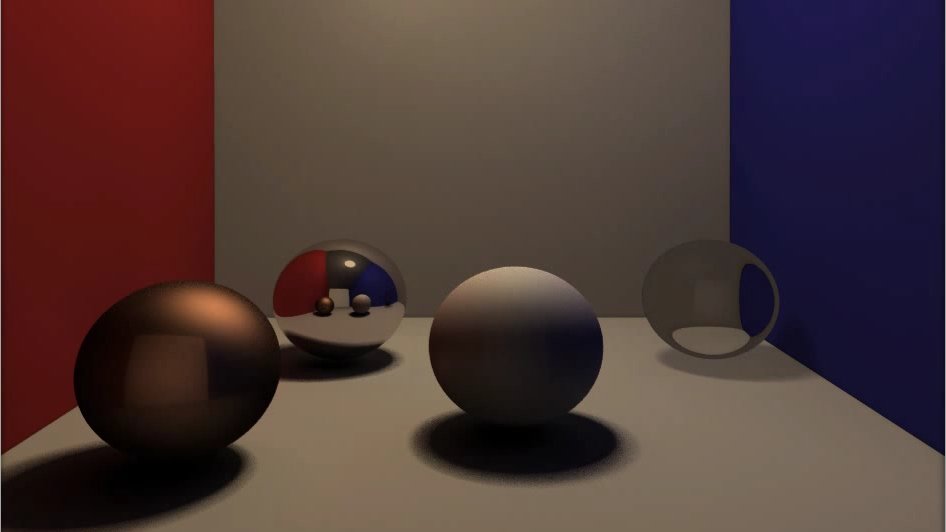In 2012 I had a summer job working for @FurberSteve at @csmcr writing ray & path tracer demos for their SpiNNaker computer architecture (designed for spiking neural network simulations). At the time I was working with a four ARM chip dev. board, and the I/O was really limited 1/
The current SpiNNaker machine has 1,036,800 cores, and the aim is to simulate networks of up to 1 billion spiking neurons in real time. Some more info on the machine here: https://www.youtube.com/watch?v=V3MlOAru6Qk">https://www.youtube.com/watch... 2/
The ray tracer video above is speckled because it was rendered in real time (only 240x200 pixels), with each core handling a different patch of the image and sending packets out to the host. Some pixels are from the previous frame when packets arrive too late 3/
A fun detail about the ray and path tracer demos is that I only wrote code for finding intersections with spheres, so the walls and floor are actually the surfaces of extremely large spheres 5/
One challenge with using SpiNNaker for spiking network simulation is getting the specification of the network onto it; the full machine has 7 TB of RAM, and I/O is still fairly limited; you don& #39;t want to send all of that over. It& #39;s common when simulating spiking networks... 6/
to specify connectivity patterns probabilistically, so I worked on the project again for a few months in 2017, with @neworderofjamie, on sampling from various distributions on SpiNNaker, which was sometimes tricky because of the distributed nature of the machine 7/
I wrote a short blog post about distributed multinomial sampling here: http://www.awebb.info/probability/sampling/distributed/2018/01/30/distributed-multinomial-sampling.html">https://www.awebb.info/probabili... 8/ (aside: I& #39;ve just switched my website over to fastpages. Cheers @jeremyphoward, @HamelHusain)
The source code for the path tracer is here: https://github.com/SpiNNakerManchester/spinnaker_tools/blob/master/apps/pt_demo/tracer.c.">https://github.com/SpiNNaker... Part of the reason it& #39;s so verbose is that the SpiNNaker chips didn& #39;t have floating point units, so there& #39;s a lot of bit-shifting around to avoid over- and underflow 9/
I was a little hesitant to share the code. I& #39;m sure I handled some of the fixed-point arithmetic tricks and approximations naively. But hey, it& #39;s 8 year old code and I& #39;m sure I& #39;ve improved since! 10/
What I& #39;ve described in this thread are two times I was a bit player (!) in a large project that has employed a very large number of software engineers and researchers 11/
To finish, here& #39;s how quickly the small dev. board could render a 2456x2048 image 12/12

 Read on Twitter
Read on Twitter



